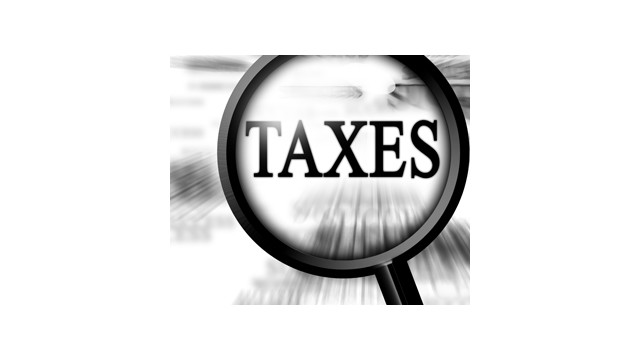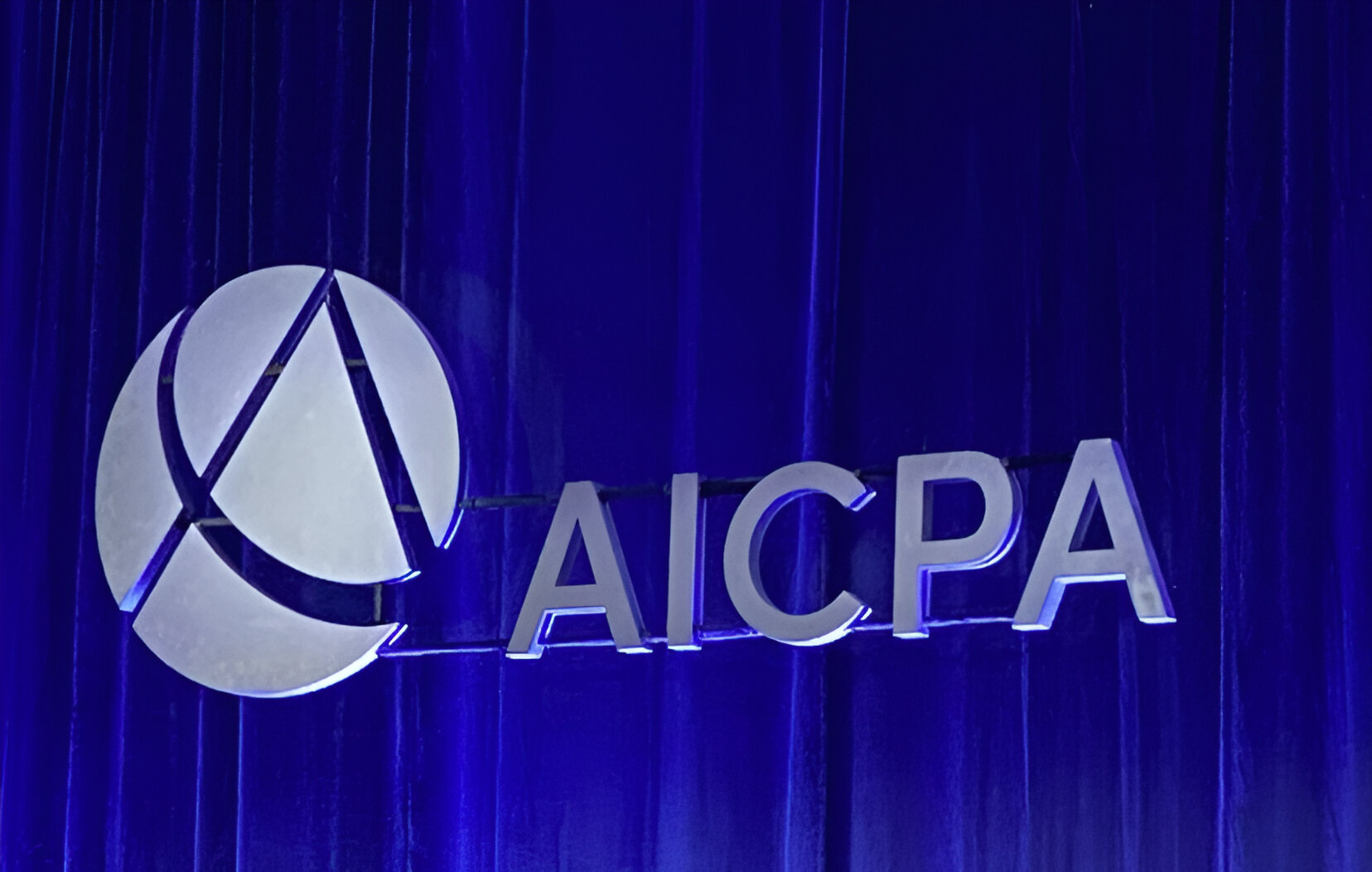Americans who earned cash driving for a rideshare service, by making deliveries for an app-based business as a side-gig or working short-term jobs as an independent contractor are part of the fast-growing gig economy. But that can make tax filing confusing for many.
The Federal Reserve estimates there are as many as 75 million Americans working in the gig economy, including babysitters and child care providers. A recent Gallup poll reported that 36 percent of the U.S. labor force works a primary or secondary gig economy job.
With many new ways of becoming your own boss, self-employed workers must keep a sharp eye on all income sources to properly prepare their tax returns. As tax season begins, the Illinois CPA Society suggests gig economy wage earners know the following tax tips:
Track earnings from all jobs year-round – Without the benefit of receiving a single W-2 tax form from a full-time employer, freelance and gig economy workers must keep detailed records of total income earned from all their jobs during the year for accurate income tax reporting.
Report all income on the right forms – Gig economy workers should be familiar with the 1099-MISC tax form for reporting income of $600 or more. If you worked several different “gigs” during the year, make sure you receive a 1099-MISC from all jobs that apply.
There’s also Form 1099-K for tracking business income earned by payment card and third-party transactions through providers like PayPal or Amazon. A 1099-K is required for those who processed at least 200 transactions and earned $20,000 or more in gross income. Even if you didn’t meet both thresholds, it’s important to track and report all wages earned.
Leverage the 20 percent qualified business income deduction – In addition to regular, tax-deductible business expenses (travel, mileage, business supplies), some may also be eligible for a 20 percent qualified business income (QBI) deduction. QBI is calculated by taking your net business income and subtracting all of your regular business expenses. Eligibility for the QBI deduction is based on income (below $157,000 for single filers or $315,000 for married filing jointly), and whether you have positive taxable income after deducting all expenses – as well as the standard deduction.
Take advantage of business vehicle tax deductions – If you bought a car to use for business at least 50 percent of the time, you may be able to take up to a $25,000 business equipment tax deduction. It applies to passenger (non-industrial) vehicles that seat up to six and weigh less than 14,000 pounds – which may benefit many rideshare drivers.
There’s also a business vehicle depreciation deduction. If you bought a new car to use for business, you may be able to deduct more than $40,000 in your vehicle’s first four years.
Find a CPA
Trust a certified public accountant (CPA) to identify all the tax breaks you may have coming as a gig economy wage earner and for helpful, year-round guidance on all your financial needs. The Illinois CPA Society has a free “Find a CPA” online directory where you can easily find a CPA by location, types of services needed, industries served, and languages spoken.
Thanks for reading CPA Practice Advisor!
Subscribe Already registered? Log In
Need more information? Read the FAQs




